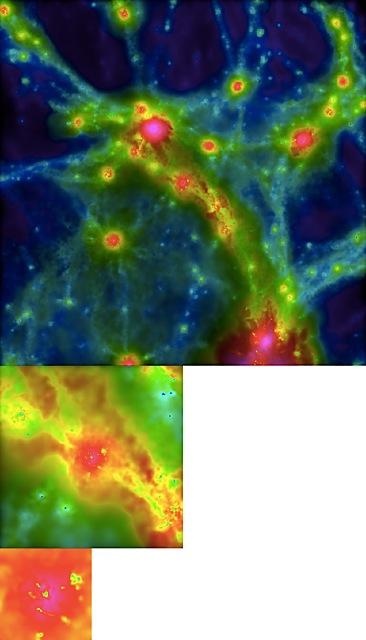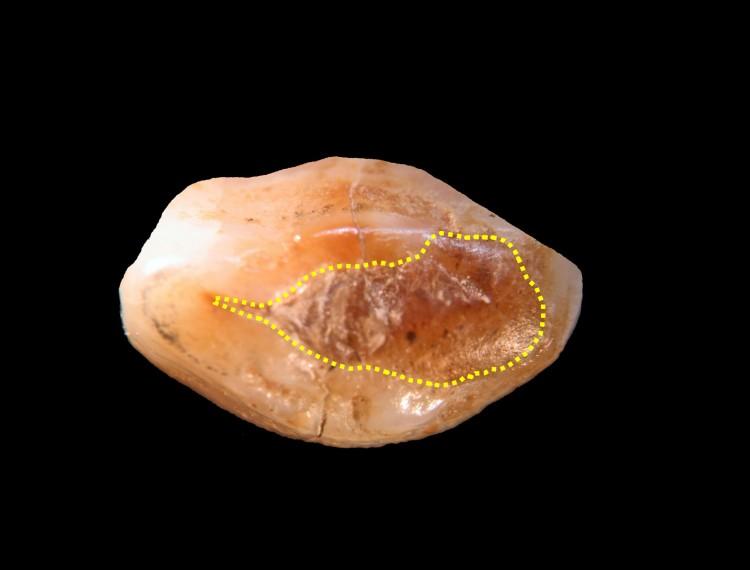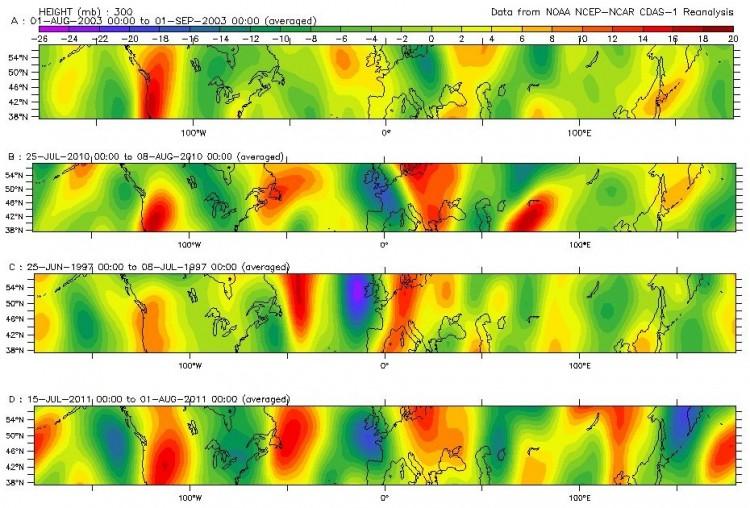NASA’s Hubble Space Telescope (HST) has detected hot metallic plasma being ejected after bursts of star formation in multiple galaxies, according to two separate reports to be published in Science on Nov. 18.
Galaxies interact with each other and gas in the intergalactic medium (IGM), triggering star formation as matter is accreted.
Star formation generates galactic winds that drive matter into galaxy halos or even outside the galaxies completely, with gas inflow and outflow expected to regulate galaxy evolution.
As well as plasma, a team of U.S. astronomers found that the outflow from a post-starburst galaxy also contained a mixture of cool trace gas and warm gas. The mass of the plasma was between 10 to 150 times heavier than the gas mixture.
This heavy multi-phase galactic wind sped more than 221,786 light-years from the galaxy, and at least a fraction of it escaped into space.
In the second study, a HST survey of 42 galaxies revealed large halos of ionized oxygen around galaxies undergoing star formation.
“This ionized CGM contains a substantial mass of heavy elements and gas, perhaps far exceeding the reservoirs of gas in the galaxies themselves,” wrote the international team of researchers in their research paper.
“Our data indicate that it is a basic component of nearly all star-forming galaxies that is removed or transformed during the quenching of star formation and the transition to passive evolution.”
The metal-enriched halos sometimes contained the same amount of heavy metals and gas as the galaxies themselves. Some went up to 489,234 light years from the center of their galaxy
The Epoch Times publishes in 35 countries and in 19 languages. Subscribe to our e-newsletter.





